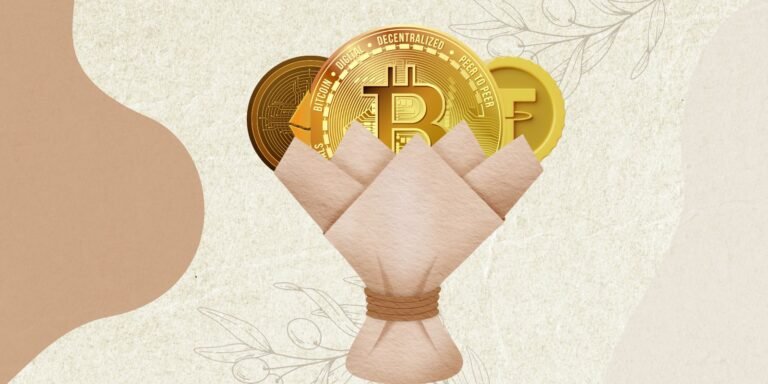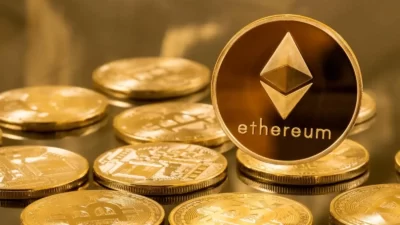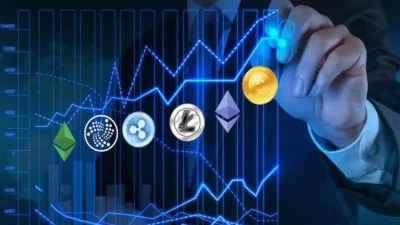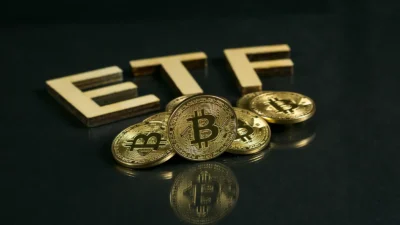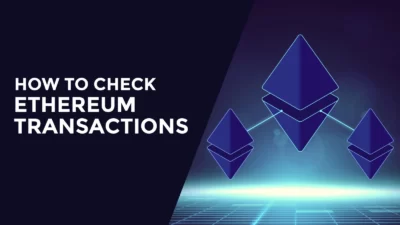Table of Contents
ToggleHave you ever heard of wrapped tokens? If you’re new to the world of cryptocurrency, you might be feeling a bit overwhelmed by all the different terms and concepts. Don’t worry; we’ve got the perfect guide for you!
In this article, we will explore what they are, why they exist, and how you can use them. We’ll also touch on related concepts like atomic swaps and tokenized assets.
First things first: a wrapped token is essentially a representation of another cryptocurrency on a different blockchain. By wrapping your asset, you can take advantage of additional features that may not be available on the original blockchain. For example, open permissionless networks tend to offer more liquidity than permissioned ones.
It’s an exciting concept, so let’s dive right in and get started!
Definition of Wrapped Tokens
If you’re looking to get into the exciting world of cryptocurrency, you may have heard the term “Wrapped Tokens” before and wondered what they mean. A Wrapped Token is essentially a crypto asset that is pegged to another asset to ensure its stability, and they are becoming increasingly popular as more people discover their benefits.
To put it simply, Wrapped Tokens are digital tokens that are ‘backed’ by an underlying asset, such as a fiat currency or cryptocurrency. They offer users the same features as regular tokens but with added stability thanks to their “wrapping” or “backing”. This makes them ideal for traders who want to keep their assets secure, while still enjoying the benefits of trading on different exchanges and platforms.
Wrapped Tokens also provide users with more liquidity than other tokens on the market, making them perfect for fast trades while avoiding large slippage costs associated with trading volatile coins. Ultimately, they give users a safe way to move funds between various exchanges without having to worry about exchange rates or other risks.
However, wrapped tokens also have some risks associated with them, including the risk of custodial control by the organization that manages the wrapped token. In contrast, traditional tokens are often seen as more decentralized, since they are managed by a distributed network of nodes and miners and are more easily available to buy and sell cryptocurrency.
Uses of Wrapped Tokens
What can you do with wrapped tokens? This innovative form of digital currency offers a wide range of use cases and applications. They can be used to facilitate cross-chain transactions, enable the development of decentralized finance applications, and create more efficient and secure payment systems.
Wrapped tokens are also used to bridge the gap between different blockchains, allowing users to move assets between different chains in a cost-effective way. This opens up new possibilities in terms of trading, lending, and investing assets across multiple networks.
Moreover, wrapped tokens have the potential to enable more efficient peer-to-peer payments. By eliminating the need for intermediaries such as banks or payment processors, users can transact directly with each other without incurring high transaction fees or waiting times associated with traditional payment systems when users buy Tether or Ethereum, or any other cryptocurrency.
Overall, wrapped tokens can be seen as an effective way to bridge the gap between different blockchain ecosystems and foster cross-chain collaboration – ultimately enabling more trustless, secure, and cost-effective transactions around the world.
Benefits of Wrapped Tokens
If you’re looking for an efficient way to move your assets between blockchain networks, wrapped tokens might be the right option for you. As the name suggests, “wrapped tokens” are crypto assets that are “wrapped” or tokenized on one blockchain while representing a value in another blockchain.
There are many advantages to using wrapped tokens. They allow users to easily and securely transfer their assets across different blockchains and benefit from features not otherwise available within the original network.
Here are some of the benefits of wrapped tokens:
- Tokenized access to alternative networks: Wrapped tokens provide users with access to a wider variety of digital assets, which can help them diversify their portfolios and increase liquidity.
- Improved Safety: Wrapped tokens offer increased safety over transferring funds between different networks because they are backed by collateral that is stored in a secure manner. This collateralization ensures that users can trust that their funds will remain safe even if something goes wrong with the transfer process, a factor of paramount importance when engaging in activities such as “sell Bitcoin in Dubai“.
- Increased speed and scalability: Wrapped tokens can be transferred faster than traditional methods because they require fewer steps and less third-party involvement during the transaction process. Additionally, transfers can scale quickly when using wrapped tokens, allowing users to seamlessly move large amounts of funds between networks quickly and securely.
How Wrapped Tokens Are Created?
Have you ever wondered how wrapped tokens are created? It’s relatively simple, and here’s how it works:
Prepare a Smart Contract
To get started, you need to prepare a smart contract. This is a piece of code that will be used to create a new token, mint it and assign value based on the underlying asset. The smart contract can also be used to manage liquidity by setting certain parameters for the token, like supply, inflation rate, and so on.
Mint the Token
Once the smart contract is set, you can use it to mint the token. This essentially creates an ERC-20 token on top of Ethereum’s blockchain with its own contract address. Now, anyone can access the newly-created token via an Ethereum wallet.
Lock Assets
Next, you’ll need to lock assets in order to back the newly-created wrapped tokens. Depending on what kind of assets you’re using—fiat currency or crypto—this process will vary. Once your assets are locked in, each wrapped token will be backed by that asset in a ratio of 1:1.
And there you have it—that’s how wrapped tokens are created! By following these simple steps and leveraging the power of blockchain technology, anyone can create new tokens which are backed by real-world assets, unlocking liquidity and access for users around the world.
Risks Associated With Wrapped Tokens
One of the greatest risks associated with wrapped tokens is their potential to become illiquid. This can occur if there is not enough trading activity and if the market becomes volatile. In this case, it might be difficult to find a buyer for your wrapped token and you could suffer a loss.
Another risk is the possibility of someone taking control of your wallet and stealing your assets. This is why it’s important to make sure that you have strong security measures in place when using wrapped tokens, such as using two-factor authentication and keeping your private keys safe.
Finally, there is the risk of losing access to your wallet or having it hacked into—both scenarios could lead to the loss of your funds. That’s why it’s important to be aware of best practices for storing and transferring your wrapped tokens, such as never sending funds from an exchange and always double-checking addresses before you send coins.
These are just some of the risks associated with wrapped tokens—but as long as you understand them and act responsibly, you can avoid these potential pitfalls.
Wrapped Token on Ethereum
You might have heard of wrapped tokens, but maybe you don’t know what exactly they are. Basically, a Wrapped Token is a digital asset that has been created on the Ethereum blockchain to represent an existing asset on another blockchain or in the real world.
So why use a wrapped token? Well, it makes it easier to move assets around and simplify transactions across multiple blockchains. Plus, when you wrap one of your tokens, you’re still in control of it — no one else can use it without your permission.
Using a Wrapped Token also allows you to access more services and tools on the Ethereum network — meaning you can do things like use decentralized exchanges or participate in various Ethereum-based projects with confidence.
To create a Wrapped Token, all you have to do is:
- Create a public address for your token on the Ethereum blockchain
- Deposit the desired amount of tokens or coins into an ‘escrow’ address
- Create the corresponding number of Wrapped Tokens
- Send the corresponding number of Wrapped Tokens back to your public address
- Your tokens are now ready to use!
Wrapped Tokens are becoming an increasingly popular way to transact across different blockchains, giving users more flexibility and control over their digital assets—all while maintaining their security and privacy at the same time!
Conclusion
Wrapped tokens are a great way to bring traditional cryptocurrency into decentralized finance. They make it easy to transfer value and open up a world of possibilities for users looking to get involved in the blockchain economy. By allowing users to hold real-world assets in a digital form on the blockchain, wrapped tokens are helping to bridge the gap between the traditional financial system and the decentralized economy that is emerging. They can also be used for a wide range of applications such as trading, lending, and borrowing. As technology continues to evolve, wrapped tokens will no doubt play a major role in the development of the blockchain economy.

